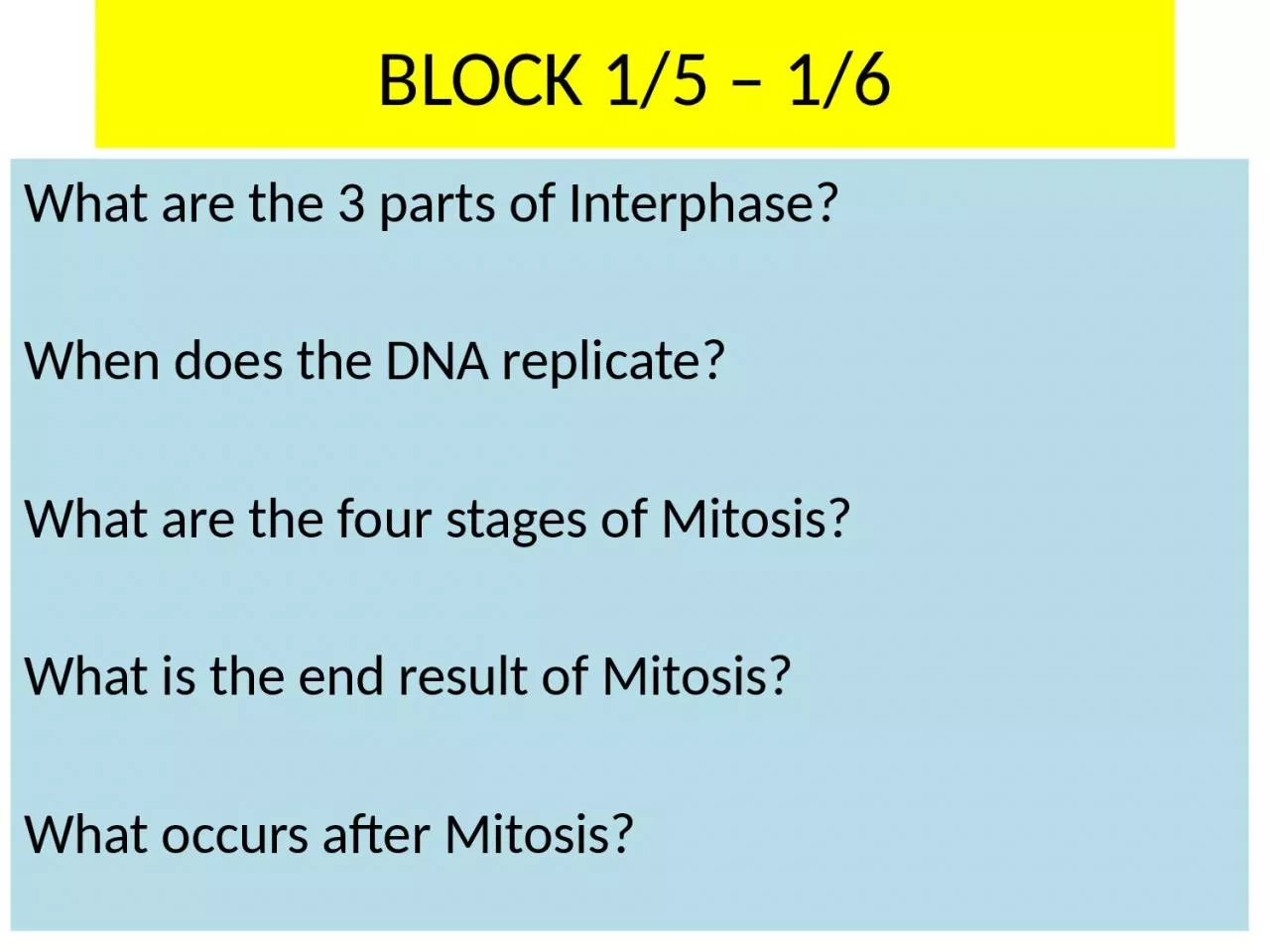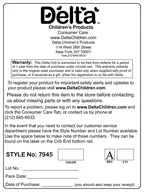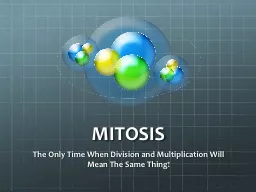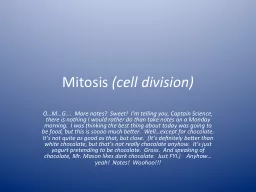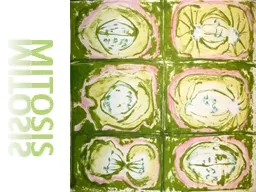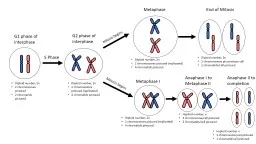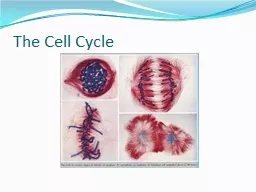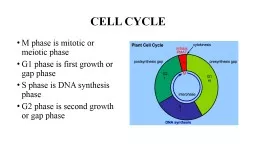PPT-What are the 3 parts of Interphase?
Author : bella | Published Date : 2024-01-03
When does the DNA replicate What are the four stages of Mitosis What is the end result of Mitosis What occurs after Mitosis BLOCK 15 16 Thursday 172016 What
Presentation Embed Code
Download Presentation
Download Presentation The PPT/PDF document "What are the 3 parts of Interphase?" is the property of its rightful owner. Permission is granted to download and print the materials on this website for personal, non-commercial use only, and to display it on your personal computer provided you do not modify the materials and that you retain all copyright notices contained in the materials. By downloading content from our website, you accept the terms of this agreement.
What are the 3 parts of Interphase?: Transcript
Download Rules Of Document
"What are the 3 parts of Interphase?"The content belongs to its owner. You may download and print it for personal use, without modification, and keep all copyright notices. By downloading, you agree to these terms.
Related Documents

